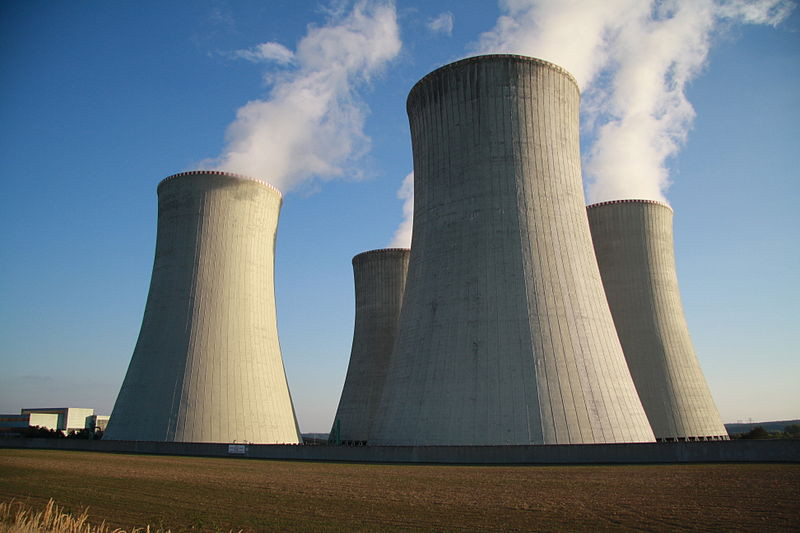“One of the most positive things that’s happening now is the Green New Deal work, and also the school climate strikes—which I hope will spread to adults before long. The spread of the idea about the Green New Deal is a good thing. The more people talk about it and consider it and think about it, the closer we’ll get for people to understand the scale of action that we need. This is a crisis, as big as World War II or the Depression, and so the means that we need to fight it are going to be on the same scale.” — Bill McKibben

The climate action pioneer’s new book explores what it means to be human COURTESY OF NANCIE BATTAGLIA
Journalist and activist Bill McKibben is back with another book about the crushing realities of climate change.
The author of 1989’s The End of Nature, often acknowledged as the first book for a general audience about what used to be known as “the greenhouse effect,” McKibben has been writing about climate issues for three decades.
About 10 years ago, he cofounded 350.org, the first “planet-wide grassroots climate change movement.” 350.org has organized more than 20,000 rallies across the globe in protest of fossil fuels and has promoted the growing fossil fuel divestment movement.
 In Falter: Has the Human Game Begun to Play Itself Out?, out last month from Henry Holt, McKibben surveys the state of havoc caused by climate change, identifies those institutions and individuals that ignore or actively abet it, and turns his attention to new technologies poised to change the very essence of what it means to be human. He also finds a measure of hope for the future, relying on the power of cheap energy and nonviolent resistance.
In Falter: Has the Human Game Begun to Play Itself Out?, out last month from Henry Holt, McKibben surveys the state of havoc caused by climate change, identifies those institutions and individuals that ignore or actively abet it, and turns his attention to new technologies poised to change the very essence of what it means to be human. He also finds a measure of hope for the future, relying on the power of cheap energy and nonviolent resistance.
Sierra recently called up McKibben to discuss climate change, Ayn Rand, and artificial intelligence. MORE






/https://public-media.si-cdn.com/filer/ac/f3/acf3d15b-d962-4d91-980c-7032d9e54bf4/14503287131_0df4f777c0_k.jpg)